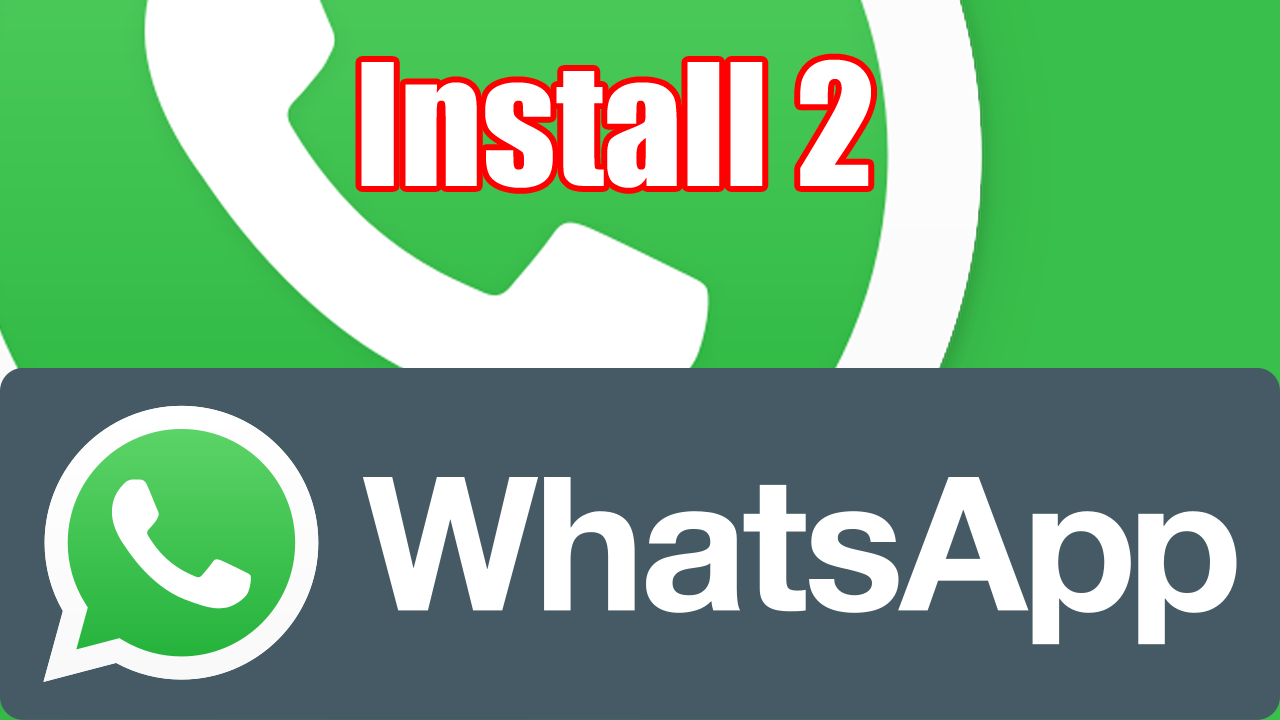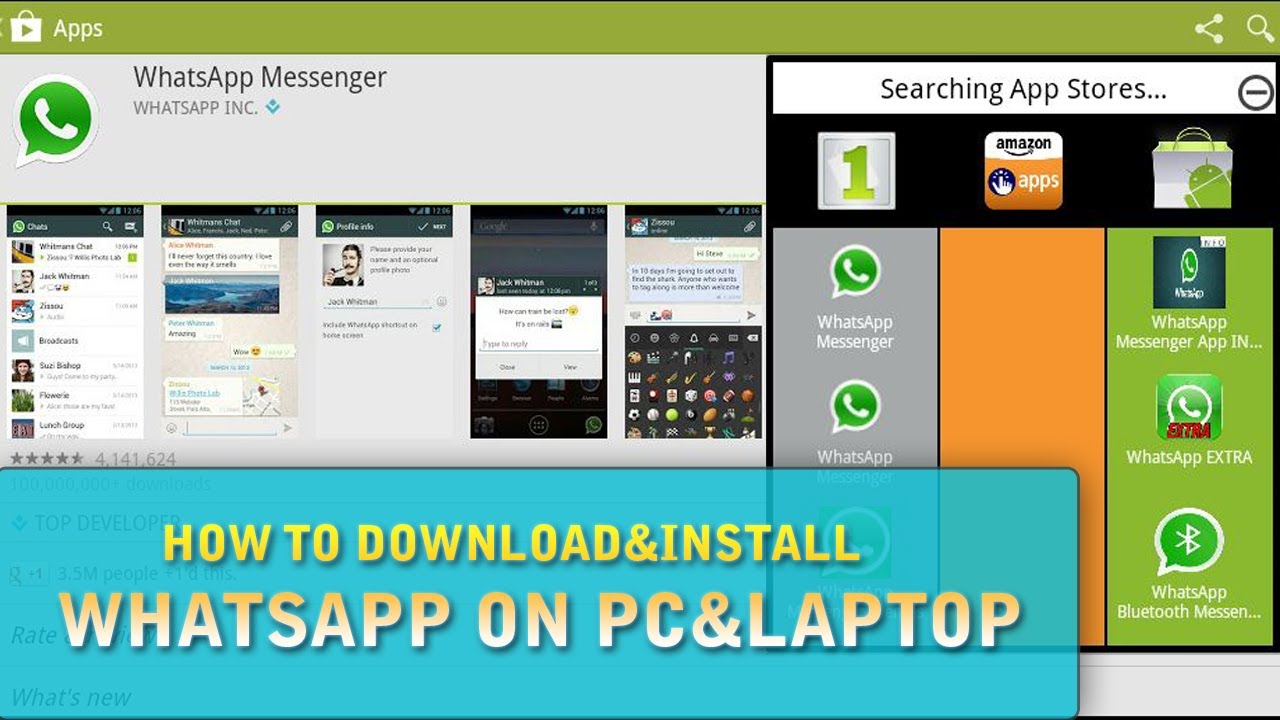


You can configure the block title if you need to, but if you prefer that the widget is shown on its own, you may want to uncheck the Display title checkbox. Now in the Place block pop-up, select WhatsApp block, as it shows in the image below. To create a WhatsApp block go to admin/structure/block and click on Place block in the region that is convenient for you.

In this example we will create it in the content region. Choose your key in the drop-down menu and click on Save configuration.īy this point, the module is correctly configured and we are ready to set our block in a region. We already have our key configured so now we can go to admin/config/services/whatsapp and configure said key for our WhatsApp module. Go to admin/config/system/keys/add and create a new Key. So in order to configure them in our WhatsApp settings, we need to add them first. The keys that the WhatsApp widget uses are stored using the Key module. You should be getting a message notifying that modules have been enabled. Check them both and click on Install (at the very end of the page). Go to admin/modules, then look for Key and WhatsApp modules. Now we need to enable to two modules we just installed. Keep in mind that Key is a dependency of WhatsApp, so in order to install WhatsApp, Key module should be installed as well. Here's the link for the Key module releases. Then click on Continue.įor installing the Key module the process is identical. Now go to admin/modules/install and paste the link you just copied in Add from a URL textfield. To find the URLs, just go to the project page, click on the desired release (1.0.0 for this particular case) and in Alternative installation filessection, copy the link from Download tar.gz. For this demo, we will choose the first option. Modules can be installed by adding a URL or manually uploading the module files compressed in. Installing and enabling the modules.įirst of all we need to install WhatsApp module and its dependency, Key module.


 0 kommentar(er)
0 kommentar(er)
